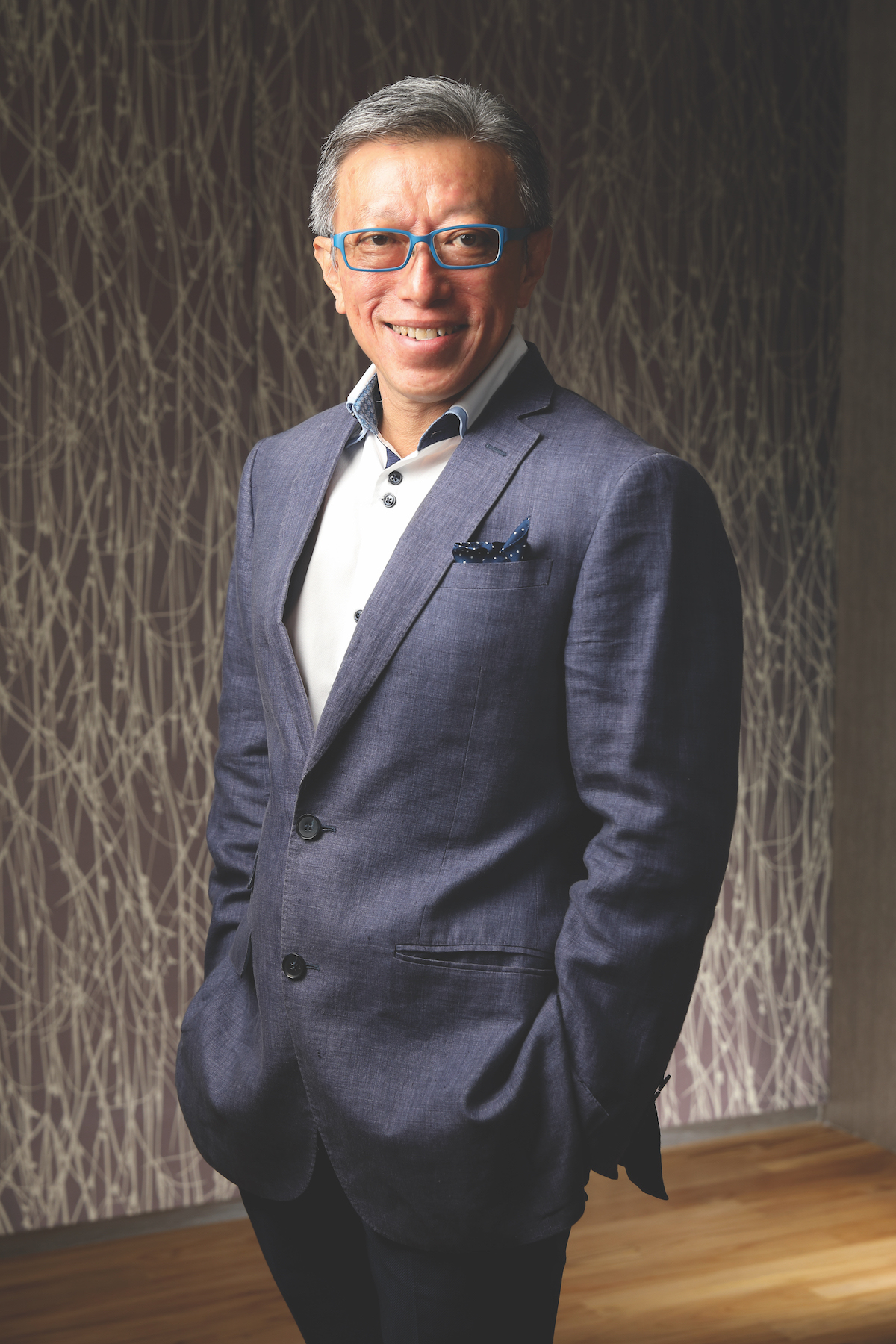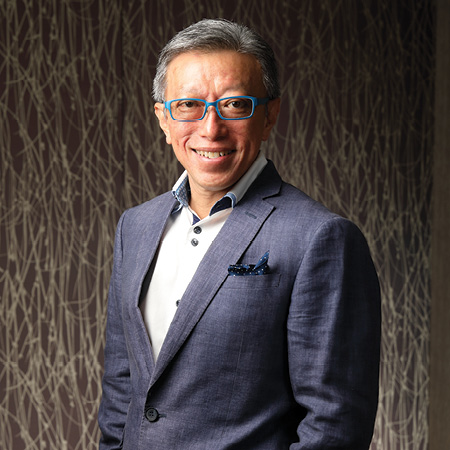Koh Ching Hong is on the hunt for talent. As the Chief Executive of Inchcape’s Borneo Motors in Singapore, he’s seeing a need to bring new skills into the business.
“The car industry is an old man’s game. It’s a very traditional business,” he says.
But like every other industry, the business cycle is getting shorter and companies are having to adapt quickly. “The whole automotive industry has changed very rapidly, especially in the past 5 years, and we think it’s going to change even faster in the next 10 years,” he predicts.
It’s exciting times for a company that sells cars both direct to consumers and via business-to-business relationships with corporate customers, government and its OEMs, such as Toyota, Subaru, Lexus, Suzuki, Hyundai and BMW.
“It’s very interesting to be in this role straddling the different partners such as OEMs and then making sure we establish the value chain for very fast-moving consumer trends,” he says.
So what’s on his talent hit-list? “We need digital capabilities to reshape our distribution channel, so that’s one talent we consider very important for us to source and develop.”
Another that is top of mind is after-sales service skills. “The average consumer takes around one to 2 months to look for a car before deciding to buy, but then they’ll keep their car for 3 to 10 years.”

“We’re looking for very strong leadership capabilities to rejuvenate our organisation and the industry generally.” – Koh Ching Hong
Leadership and management skills are also a high priority. “We’re looking for very strong leadership capabilities to rejuvenate our organisation and the industry generally. That’s been our focus for the past 2 years and it will continue to be our focus in the next 3 to 5 years,” he says.
Koh sees women as a pool of largely untapped talent, pointing proudly to the gender diversity in Inchcape’s workforce. “If you look at the auto industry in markets around the world, 90% are male dominated, but in many markets Inchcape has more females at the front line. It’s common to see women in sales and after-sales service as well.”
There’s another reason why it makes sense to recruit women into customer-facing roles, according to Koh. “The husband or the man of the house used to be the one that made decisions about a car purchase, but progressively we’ll see that about 50% or more of the purchases have been influenced by women — the wife, the girlfriend or the mother.”
In particular, females are influencing decisions about the tech features, the model, and the comfort features of the car, he says. Added to that, consumers generally are a lot more informed about their options when they buy a car.
While designing and manufacturing a new model is very slow, the distribution has to be very fast. “Consumers do change their minds about cars, so it’s very competitive. Nine years ago, we saw it as our responsibility to educate customers. Now I think customers are more well informed about the brand that they want to buy and the type of car and the pricing.”
Instead of having 10 different models to choose from, the consumer may have 20 different models and within each model there could be another 10 different variants, he says. There’s also more transparency of prices because of the internet.

Technology in cars is also changing dramatically. “These days, there’s so much technology: advanced navigation systems; advanced safety features; autonomous driving machines. You can take your hands off the steering wheel and the car will go by itself.”
Another shift: the ability for a customer to buy a car via the web and have it delivered to their door. It’s a time of transformation that’s keeping everyone in the industry on their toes.
“It’s very interesting to see how OEMs and manufacturers are bringing technology to the marketplace and how we as distributors have to learn very quickly to read the consumer’s needs. That’s all changed in the last 5 years.”
Koh hasn’t always been an automotive man. After a year in the banking industry, he decided it wasn’t for him and took a U-turn into technology. He joined IBM in 1985, moving to sales and marketing at Memorex for about 5 years, and then on to one of IBM’s major competitors, Digital Equipment Corporation.
He then spent 16 years with Xerox, was appointed managing director of Xerox in Singapore in 2006, and was on the executive team for Xerox Asia–Pacific.
Next stop: the automotive industry. Koh was appointed Chief Executive for Inchcape South Asia in 2008 and is a member of its global executive team. He had the benefit of stepping into long-term relationships with many of the company’s OEM partners. “For example, we have almost 50 years of business relationships with Toyota in this region.”
Not that he’s complacent. Relationships with OEMs are nurtured by all levels of the company, from monthly interaction at the CEO and middle-management level to ongoing dialogues with sales and marketing and product development teams at the functional level.
The company’s business partners also include local and regional banks and insurers. “Every car that we sell comes with finance and insurance, and the OEM does not provide that.”
It also counts some of the biggest players in the oil industry — Exxon, Shell, Mobil — among its partners. They will all be important partners as the company revs up for the growth that Koh sees on the horizon.
“When we look at the next 5 to 10 years, the opportunity for the automotive industry in Asia is huge.” As incomes rise, some people are able to afford a car for the first time while others are upgrading from motorbikes or to a luxury vehicle. We see the potential to extend dealerships into remote parts of the country, and with digital you can reach out to anywhere around the world.”
Growth will also be fuelled by the lifestyle purchase. “Consumers of today are not just looking at a car alone. They’re looking at a car as a lifestyle or a statement of themselves. Instead of buying a small car, they may decide to buy an SUV because their lifestyle has changed. I think those 3 trends are a huge growth opportunity in the region.”

